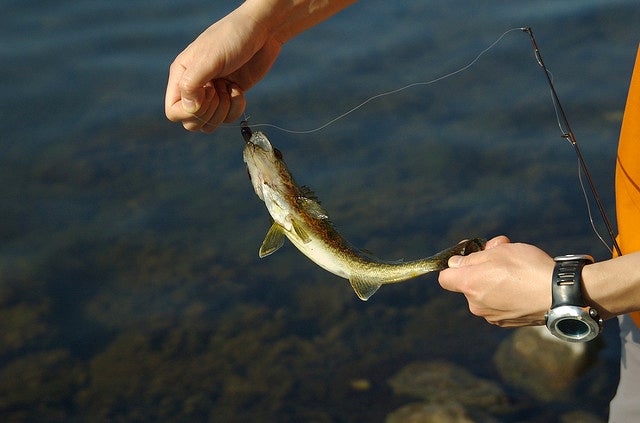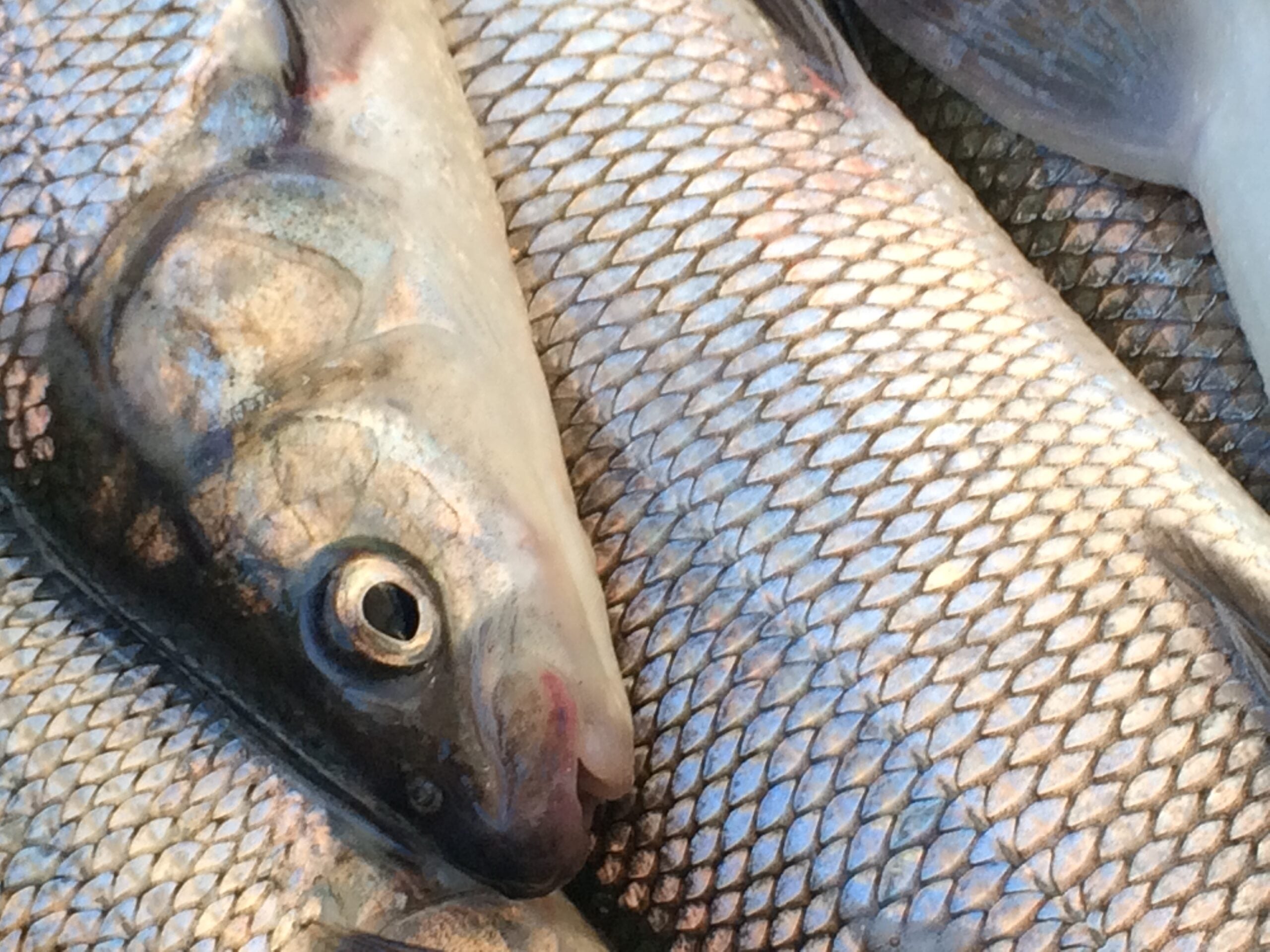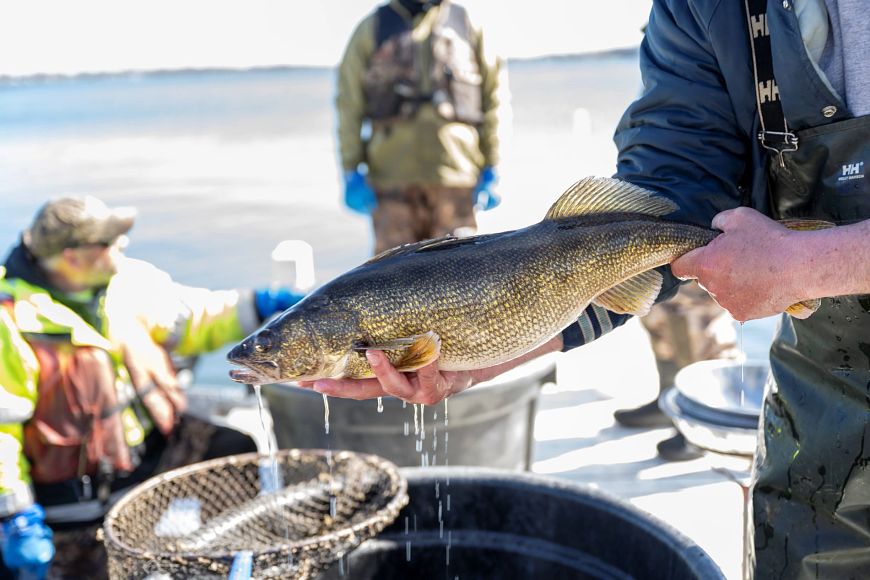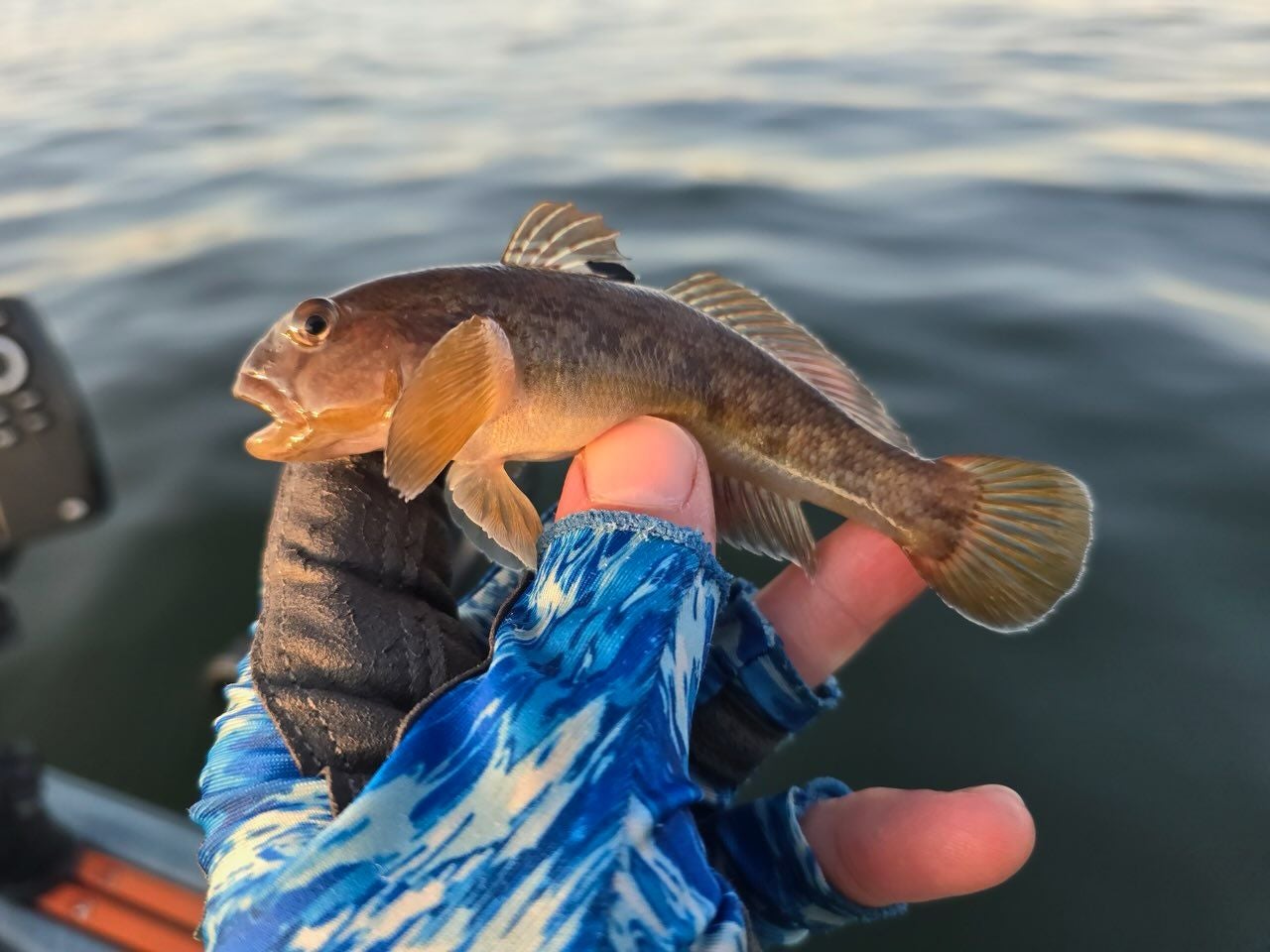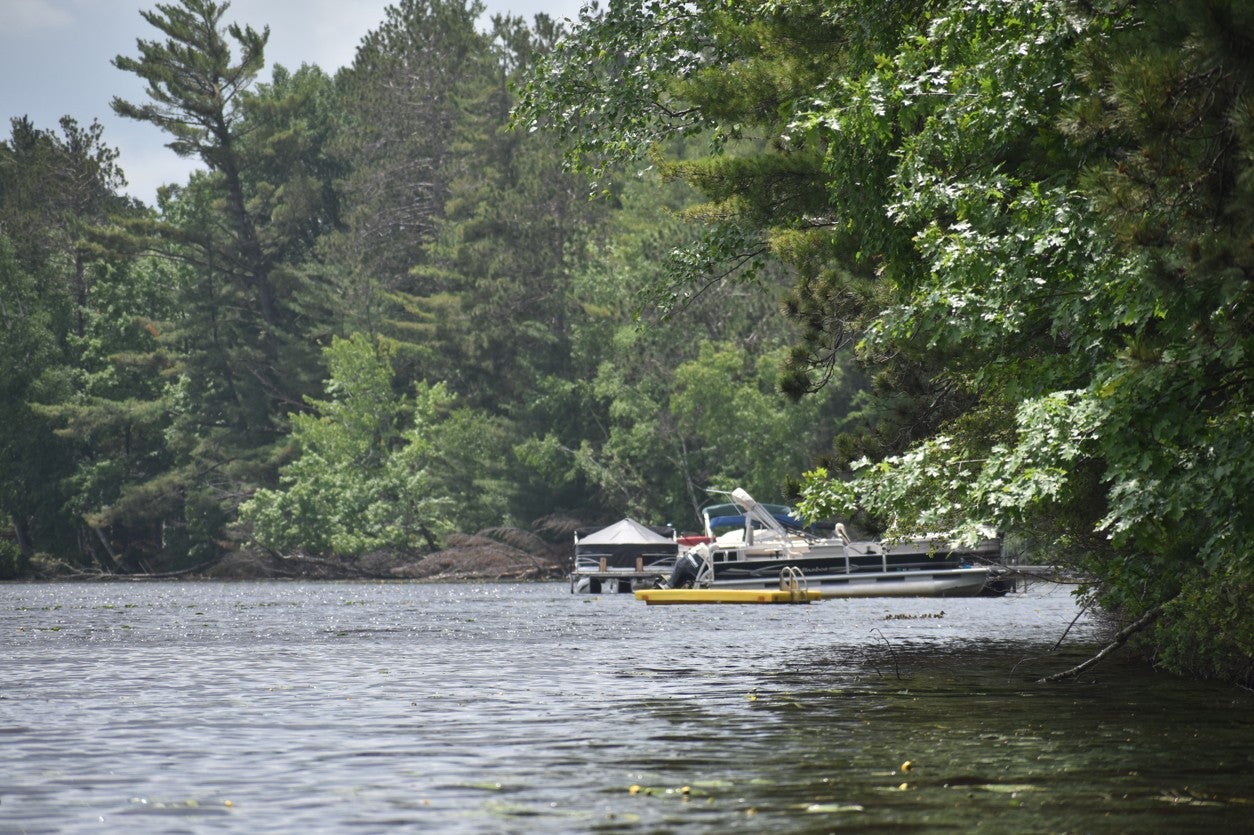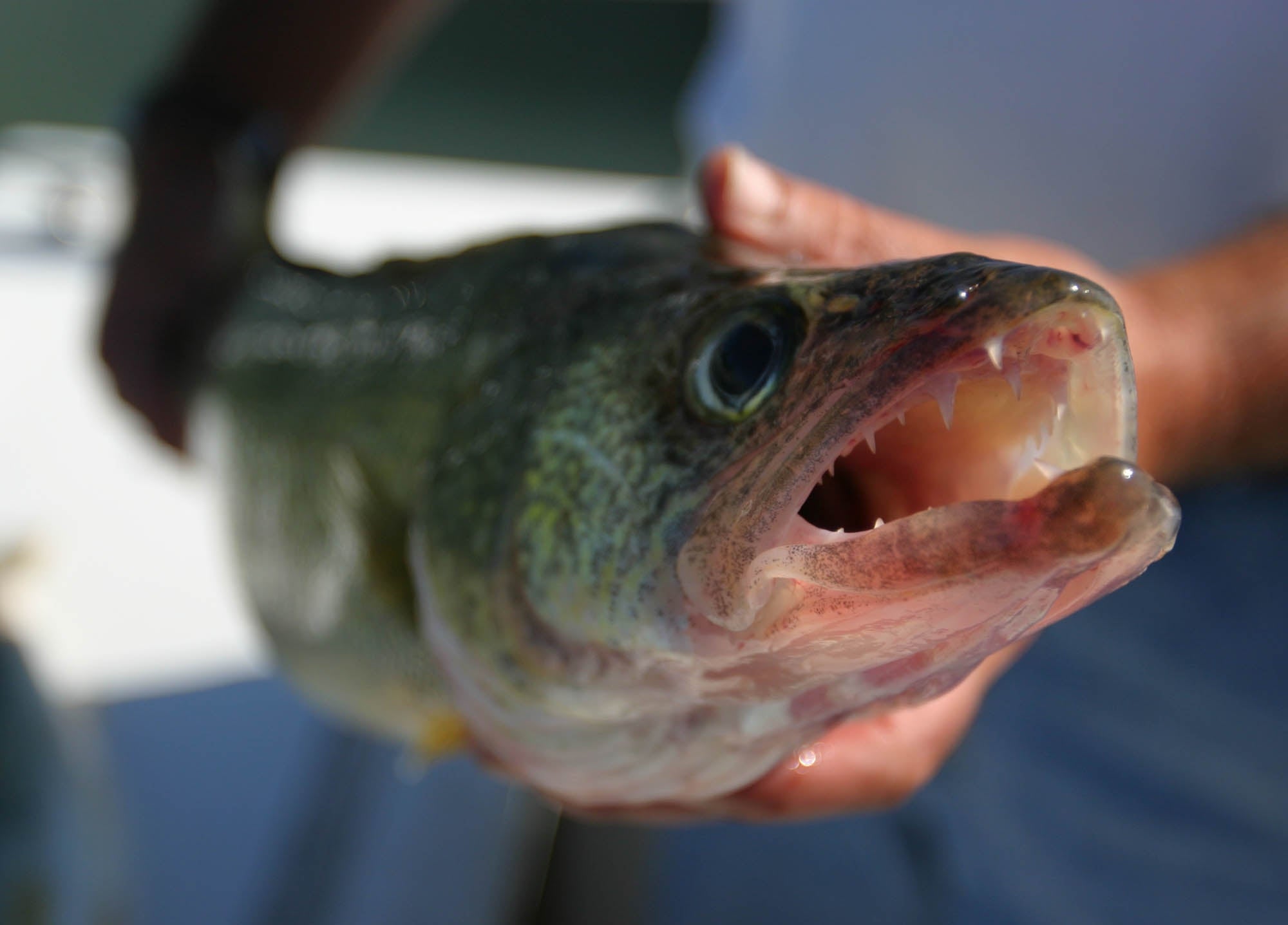The policy-setting board for the Wisconsin Department of Natural Resources unanimously approved an emergency rule for harvesting walleye on the Minocqua Chain of Lakes in Oneida County.
Fishing for walleye on seven lakes in the chain and two connecting waters had been limited to catch-and-release for state-licensed anglers since 2015. The walleye harvest was limited to support restoration of adult walleyes as the species’ ability to naturally reproduce has been declining since the 1990s. The restriction on walleye harvest was set to lift next spring.
Earlier this year, the Lac du Flambeau Band of Lake Superior Chippewa declared their intent to spear walleye on the lakes this spring. Justine Hasz, director of DNR’s Bureau of Fisheries Management, told the Natural Resources Board that the emergency rule will provide state-licensed anglers the opportunity to fish for walleye on the chain as well.
News with a little more humanity
WPR’s “Wisconsin Today” newsletter keeps you connected to the state you love without feeling overwhelmed. No paywall. No agenda. No corporate filter.
“We don’t believe that this regulation will have a significant impact on the population from what we’re trying to reach with our goals for this population,” Hasz said.
The DNR will allow a limited catch for state anglers after spearfishing for walleye took place in late April. The emergency rule will allow a daily bag limit of one fish that’s at least 18 inches long. Anglers wouldn’t be allowed to keep fish between 22 and 28 inches in length.
Scott Loomans, the DNR’s policy initiatives advisor, said the regulation is in place on other lakes in Oneida County, and it’s used to allow fishing while rehabilitating walleye numbers. He said the rule could take effect by late next week. It now heads to Gov. Tony Evers for his signature.
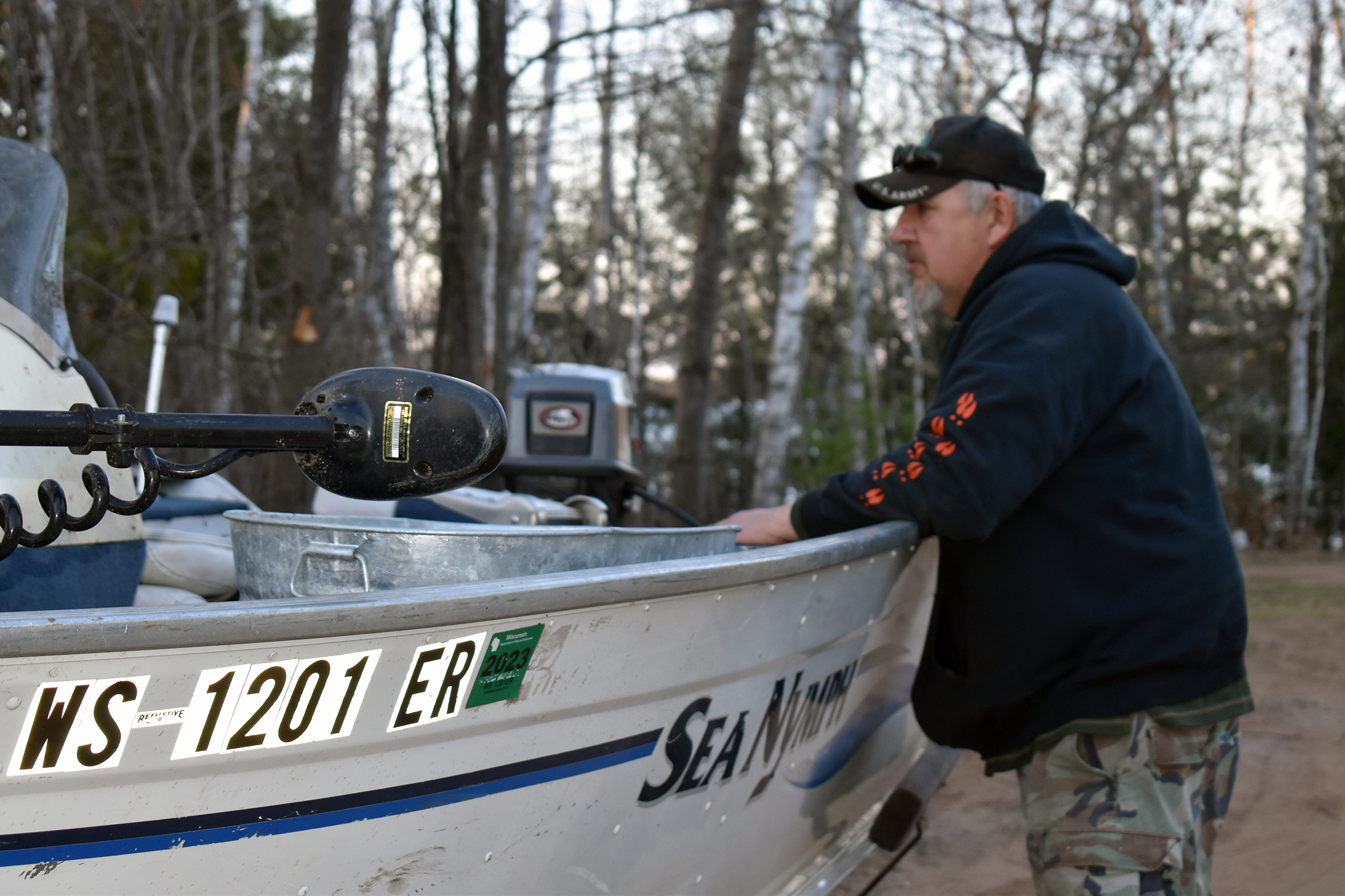
Lac du Flambeau Tribal President John Johnson, Sr. provided figures that show tribal members harvested 993 walleye across three lakes in the chain: Minocqua, Kawaguesaga and Tomahawk Lakes. Johnson said he has no problem with the DNR allowing state anglers to fish for walleye there as long as anglers follow the bag limit.
“That’s sustenance to us. It’s not like we’re going out there just to kill those fish to be killing them,” Johnson said. “We’re going out to utilize them for ceremonies, feeding our families, feeding our young. These other guys are going out there to do it for sport.”
Johnson said he’d like to see the DNR conduct more creel surveys, or fisher surveys, that typically involve counting and measuring fish caught by anglers at boat landings. The agency said the last time it completed such surveys on the Minocqua Chain of Lakes was before the catch-and-release restrictions went into effect.
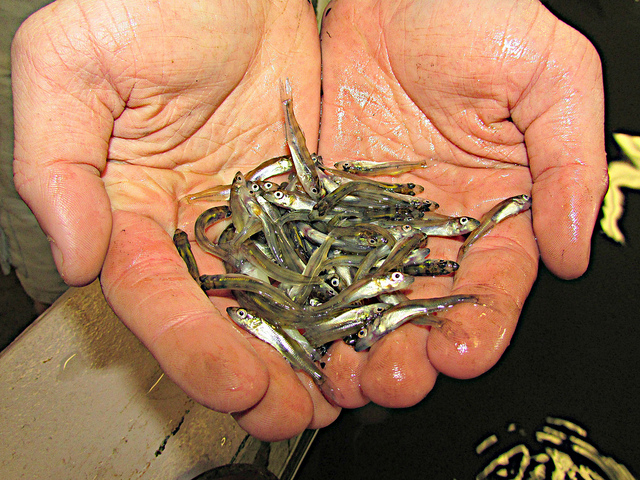
DNR says walleye population is in good shape despite challenges
As anglers head out on the lakes, Loomans said the adult walleye population is in good shape. Although, the roughly 5,900-acre system is being stocked due to declines in natural reproduction. The DNR said 247,109 large fingerlings have been stocked in the chain over the last nine years.
Kurt Justice is a member of the Headwaters Chapter of Walleyes for Tomorrow. He said the group has worked with the state, tribe and the Great Lakes Indian Fish & Wildlife Commission toward a goal of a self-sustaining walleye population. The citizen group has been working on habitat projects to support perch, which are a food source for walleye.
“We’re looking for any kind of information we can, whatever our group can do to help support natural reproduction, which means something to do with the habitat of the lake itself,” Justice said. “We don’t have any answers to why we’re having such issues.”
Hasz said multiple factors are playing a role in the survival of younger walleye, including warmer waters, changes in the food web and loss of habitat as shorelines are developed. She added similar challenges with natural reproduction among walleye are being seen in other lakes as well.
“Hopefully those walleyes will start doing their thing naturally here sooner rather than later,” Bill Smith, the board’s chair, said.
Research has found that climate change is affecting the survival of young walleye by disrupting the time when lakes thaw. One study predicts walleye may not be able to survive to adulthood on up to 75 percent of cool-water lakes that currently support the fish by mid-century.
The Minocqua Chain of Lakes is located in territory ceded by Wisconsin’s Ojibwe tribes under treaties with the federal government. Tribes harvest around 30,000 walleye each year in ceded territory, which covers roughly the northern third of Wisconsin. In comparison, state anglers harvest almost eight times as many fish, or 234,000 walleye, in the same region.
Wisconsin Public Radio, © Copyright 2025, Board of Regents of the University of Wisconsin System and Wisconsin Educational Communications Board.

